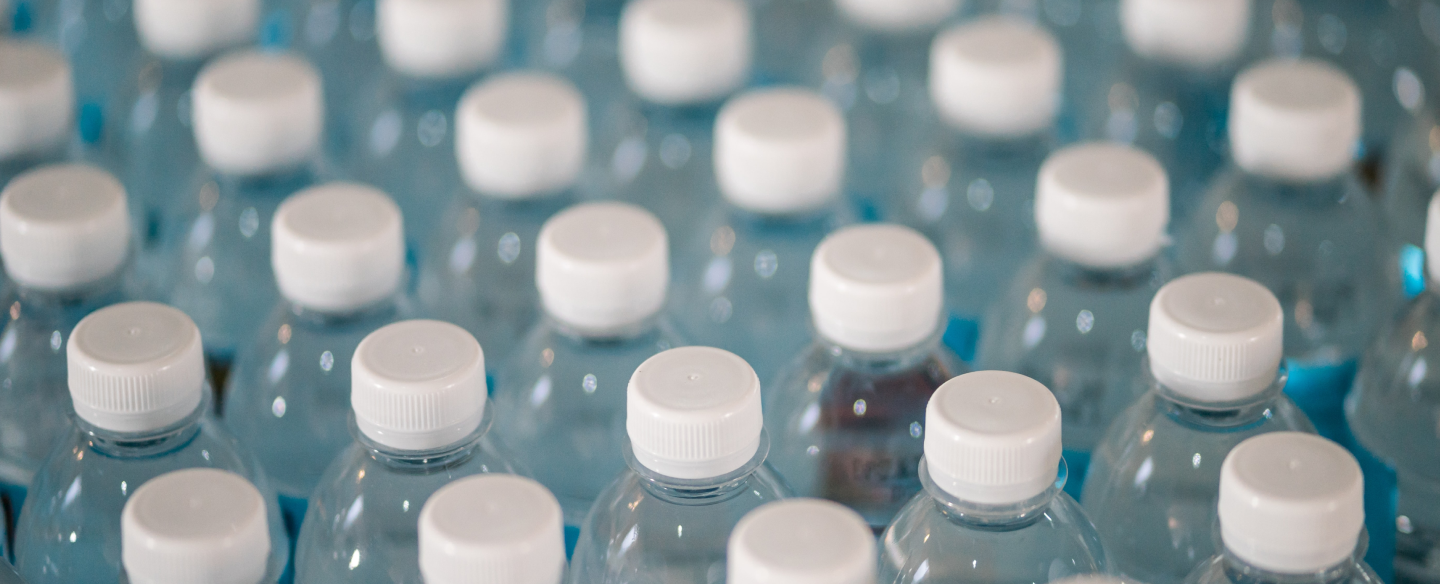
Light weighting for stronger Impact
Published:May 25, 2023
Frequently asked questions
Light-weighting of PET, how can it be done?
Light-weighting of PET can be achieved by redesigning packaging material to reduce the weight without compromising its quality. The redesigning can be simple like replacing handles with grips within the packaging design to hold a container. Light weighting in PET can also be achieved by thin walling of containers to reduce material used.How can the redesigning technique be achieved?
Design is critical and each material type has its own challenges. There are several factors we keep in mind while redesigning packaging - For example, in PET beverage bottles/containers, the redesigning is achieved by following some of these techniques- a)Introduction of technical ribs in the right places to maintain top load with lower wall thicknesses
- b)Reducing weight in necks where no internal gas pressures are involved
- c)By redesigning the shape of the container /bottle
- d)By using higher I.V. resins wherever possible
Is Manjushree exploring light-weighting for PET products?
We have been proactively offering light-weighting solutions through various design innovations to our customers. We have done design innovations like thin walling for water bottles, replacing handles with in-mold grips for efficient handling of milk jars/bottles apart from various super short neck jars made for different customers. Chat with us to know more about our sustainability projects.Featured Articles

Communication
Innovation
Manjushree | Restorative Design Engineering Approach
Today’s highly competitive consumer goods industry has high demands from packaging. They expect their packaging to deliver filling differentiation, cost reduction, and increasingly aggressive sustainability targets. Brand Owners and Retailers...
May 11, 2023
Read more

Branding
Featured
Innovation
Sustainability
Manjushree | Design thinking for plastic waste reduction
Plastic is a universal material, mass used across applications. In India packaging accounts for one third of the total plastic consumption. Despite its wide application and numerous perks, plastic has...
May 4, 2023
Read more

Sustainability
Can packaging contain food wastage at retail?
The world celebrated its first International Day of Awareness of Food Loss and Waste, this year on 29th September. In this article, we probe the role packaging plays in containing...
May 4, 2023
Read more
Do you have a query?
Lets Talk
+91 80 4343 6200
info@manjushreeindia.com